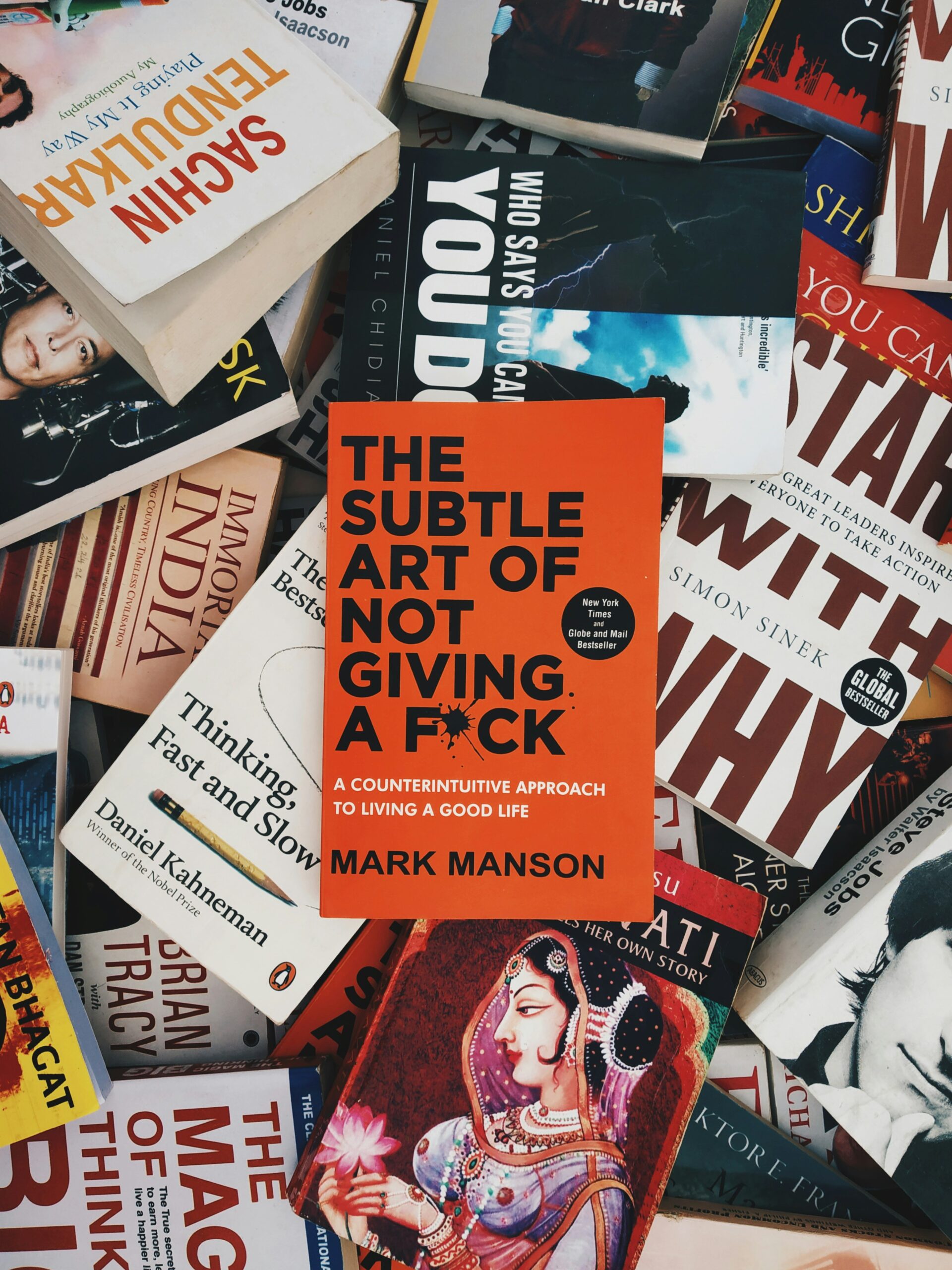6 Results in the "Book Writing Strategies" category
-

Whether you’re a seasoned writer or a first-time author, it’s essential to be aware of writing pitfalls and take steps to avoid them. In this article, we’ll explore seven common book writing mistakes and provide actionable tips to help you overcome them, ensuring your book reaches its full potential. 1. Lack of Planning and Outlining One of the most common mistakes authors make is…
-

Many aspiring authors struggle to maintain their enthusiasm and drive throughout the writing process, often leading to unfinished manuscripts or abandoned projects. However, with the right strategies and mindset, you can overcome these challenges and successfully complete your literary masterpiece. In this article, we’ll explore various techniques and tips to help you stay motivated while writing your book. We’ll also provide a comprehensive comparison…
-

Are you an aspiring non-fiction author looking to share your knowledge and expertise with the world? In this guide, we’ll dive into the best book writing tips for non-fiction authors, covering everything from planning and research to writing, editing, and publishing just for our non-fiction writers! The Planning Phase: Laying a Solid Foundation The Writing Process: Bringing Your Ideas to Life The Editing Phase:…
-

Before a publisher considers your manuscript, they’ll likely ask for a book proposal – a document that outlines your book’s content, audience, and marketability. A well-crafted book proposal can be the difference between a publishing deal and a rejection slip. In this comprehensive guide, we’ll explore the essential elements of a book proposal and provide practical tips to help you create a compelling pitch…
-

Writing a book can be a daunting task, but having a well-structured outline can make the process much smoother and more organized. A book outline template is a powerful tool that can help you map out your story, characters, and plot points, ensuring a cohesive and engaging narrative. In this article, we’ll dive deep into the world of book outline templates, exploring different types,…
-

Writing a book can be a daunting task, especially for busy professionals juggling multiple responsibilities. However, with the right strategies and a structured approach, it is possible to turn your book dream into a reality. This comprehensive guide will provide you with actionable tips, techniques, and resources to help you overcome the challenges of writing a book while maintaining a busy schedule. Introduction As…
